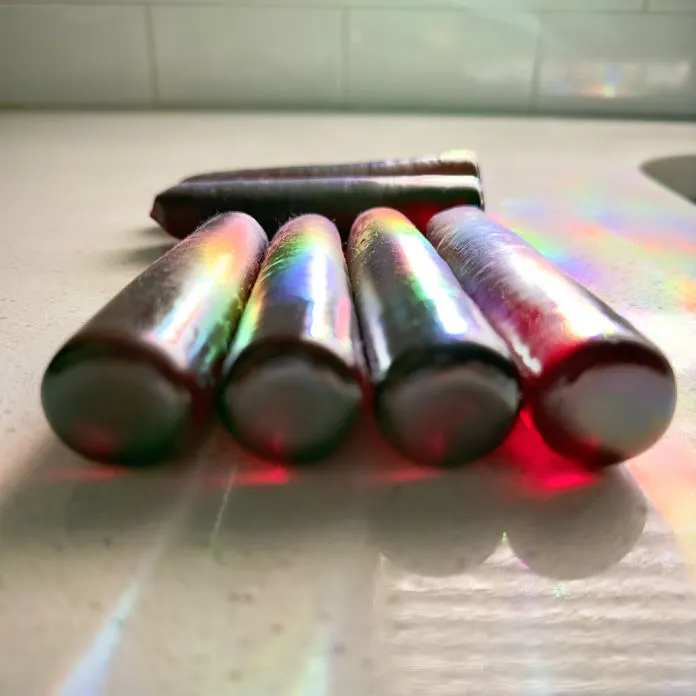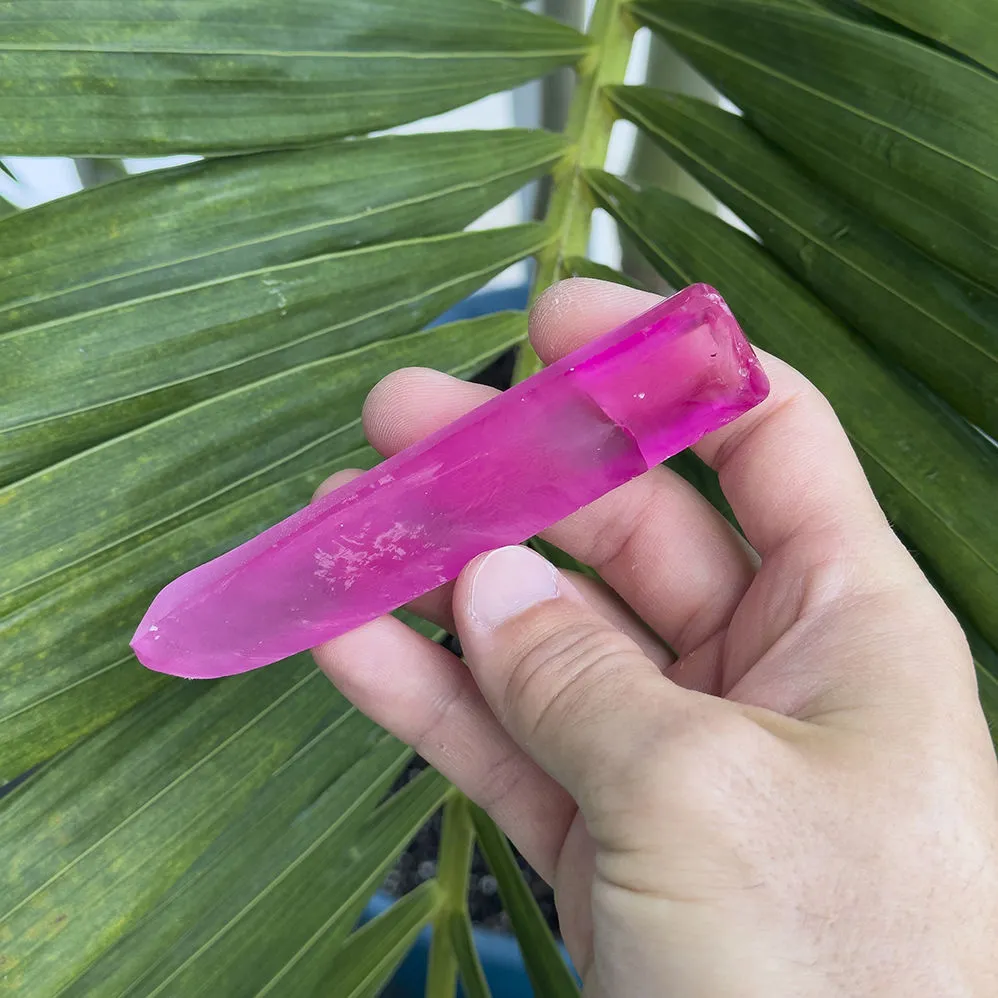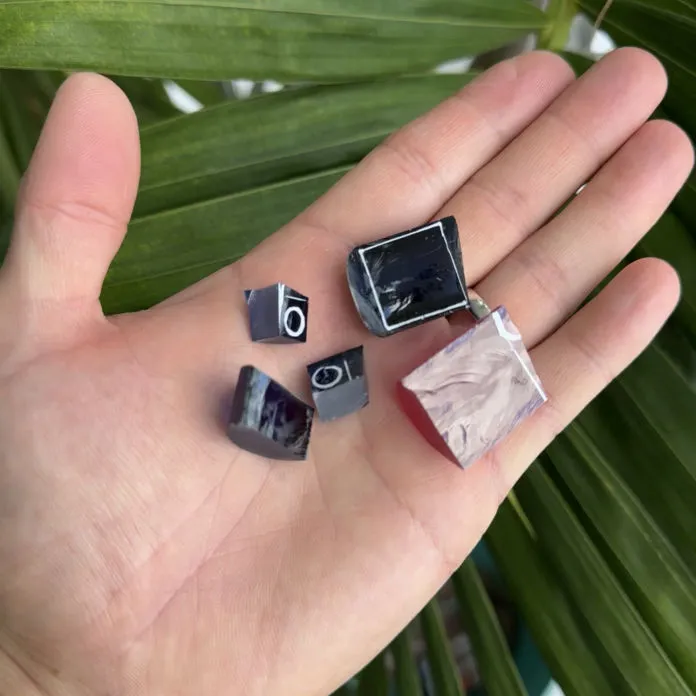
Uncut lab-made red ruby boules
Precision Cut Gemstones
In the world of precision gem cutting, lab-made gems such as rubies and sapphires, take the spotlight for their exceptional durability. Chemically identical to their natural counterparts, these gems boast an impressive hardness on the Mohs scale, ensuring resilience and longevity in meticulously crafted designs - all at a fraction of the price.

